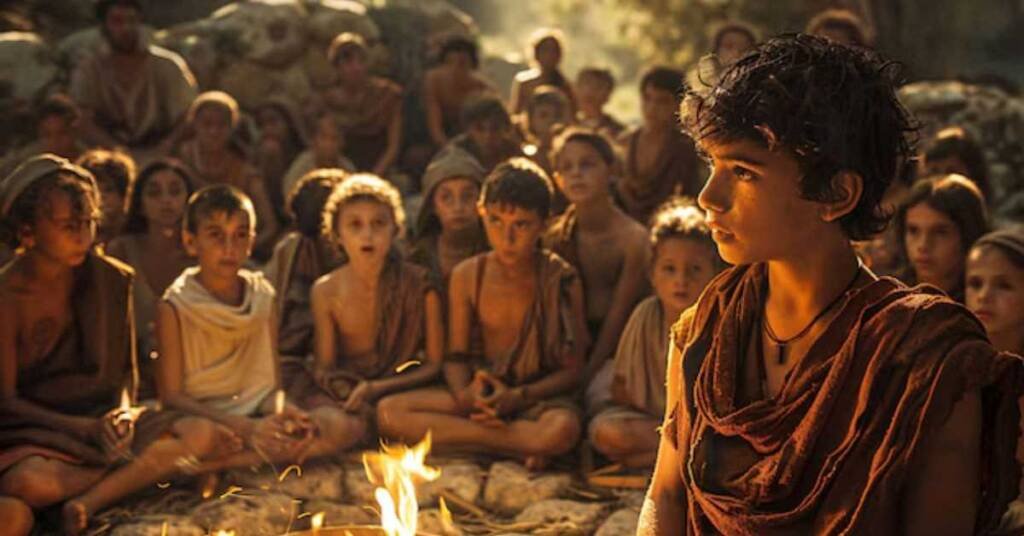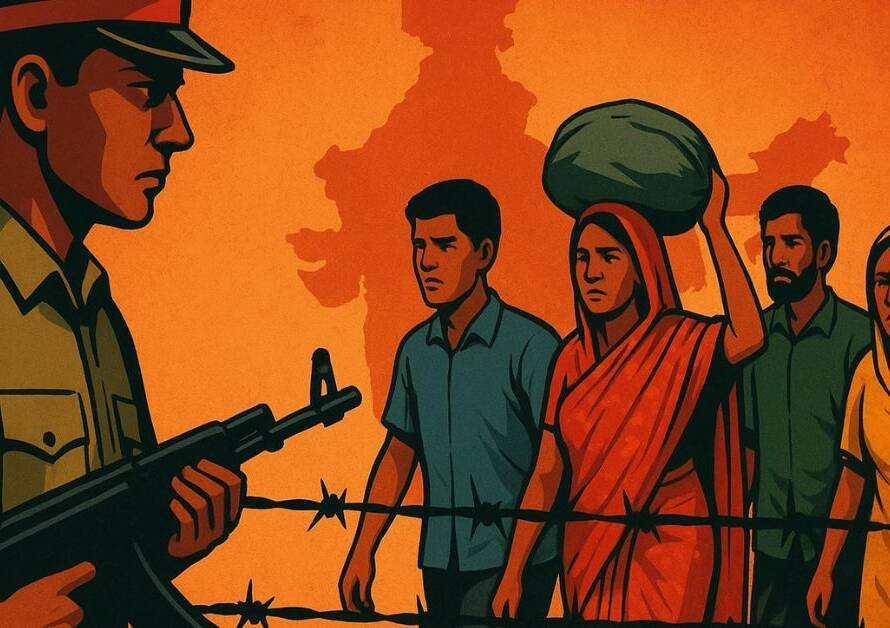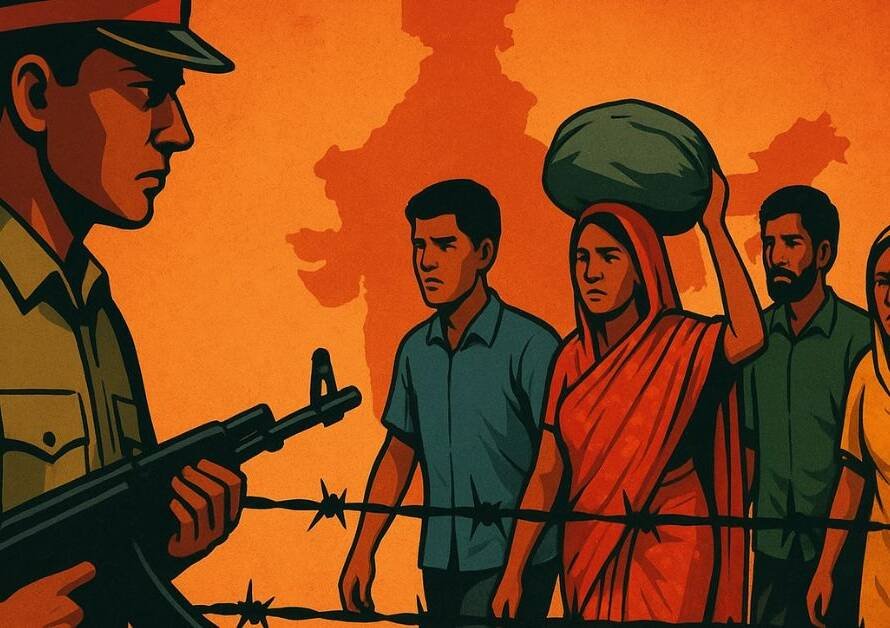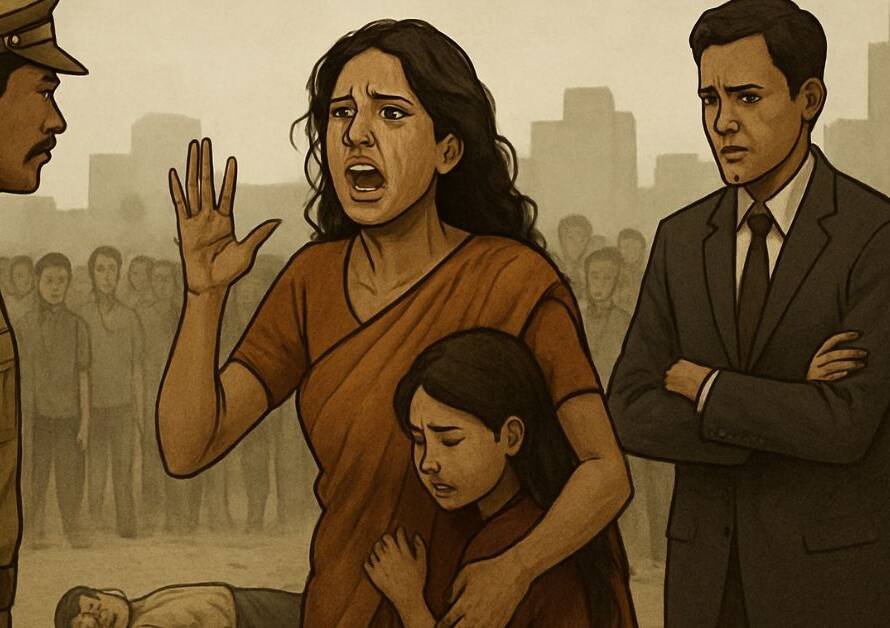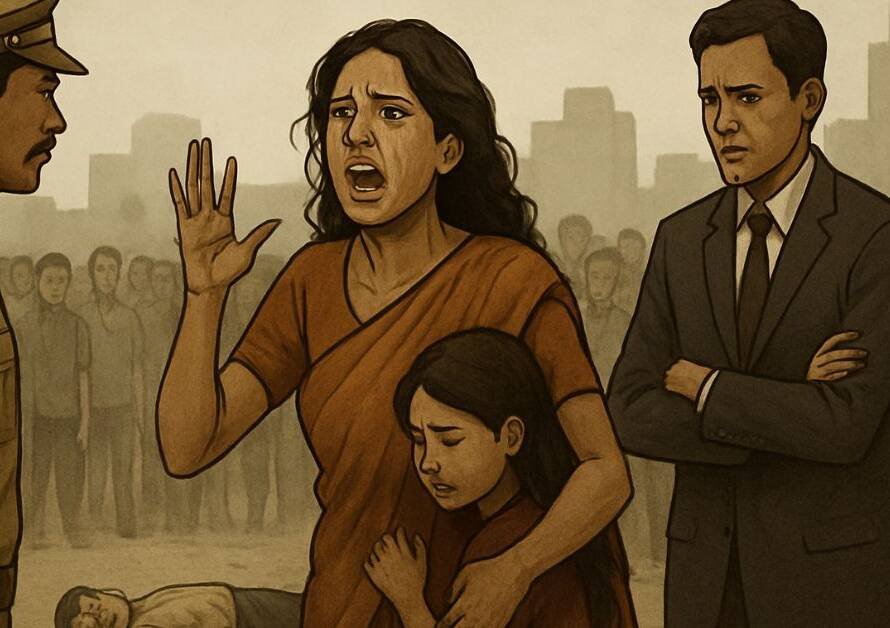Manusmriti, one of the foundational texts of Sanatan Dharma, has long been a subject of debate and controversy. It often finds itself misrepresented, with critics accusing it of being the root of caste-based discrimination in India. But is this perception accurate? Historical evidence and new findings suggest that the Manusmriti we know today may have been significantly altered over time.
Let’s delve into the history, essence, and relevance of this ancient text, uncovering the truth behind the distortions and misconceptions that surround it.
The Revelation from China’s Great Wall
A groundbreaking discovery near China’s Great Wall sheds light on the original Manusmriti. A manuscript dated to around 220 BCE mentions that the Manusmriti originally contained only 630 verses. In stark contrast, the current version has over 2400 verses.
This vast discrepancy raises an important question: How did the number of verses increase so dramatically?
Historical evidence suggests that interpolations—deliberate additions and alterations—were made to the text over centuries. These changes appear to have been introduced to create divisions within Indian society and tarnish the reputation of Sanatan Dharma.
The original Manusmriti, attributed to Maharishi Manu, emphasized ethical values, personal merit, and a fluid social order based on one’s actions, rather than a rigid, hereditary caste system.
The True Essence of Manusmriti
Karma-Based Varna System
One of Manusmriti’s most quoted verses is:
“Janmana Jayate Shudrah, Karmana Dvija Uchyate”
(Everyone is born a Shudra; it is through actions that one becomes a Brahmin, Kshatriya, or Vaishya).
This verse underscores the principle that one’s social role is determined by their actions and virtues, not by birth. Manusmriti upholds a Karma-based Varna system, where an individual’s conduct and learning define their societal status.
Fluidity in Social Roles
Contrary to modern interpretations, Manusmriti does not endorse a rigid caste hierarchy. For instance:
“Shudrah Brahmanatameti, Brahmanashchaiiti Shudratam”
(A Brahmin can fall to the status of a Shudra through poor conduct, and a Shudra can rise to Brahminhood through knowledge and virtue.)
This highlights the text’s belief in a dynamic social order, where individuals could elevate their status through education, ethical behavior, and dedication.
Historical Distortions
Interpolations in the Text
Scholars suggest that interpolations in Manusmriti began around the 9th century CE and intensified during the British colonial period. These distortions often emphasized rigid caste-based divisions, which were not part of the original text.
British Manipulations
During colonial rule, British policymakers deliberately misinterpreted texts like Manusmriti to divide Indian society along caste lines. This strategy, coupled with Macaulay’s education reforms, eroded India’s indigenous knowledge systems and fostered social discord.
The Original Vision of Equality
Manusmriti, in its original form, preached values of equality and respect. For example, it emphasizes the importance of women with the verse:
“Yatra Naryastu Pujyante, Ramante Tatra Devatah”
(Where women are respected, the divine resides.)
Such teachings reflect a society that valued knowledge, virtue, and harmony, contributing to India’s golden age of prosperity and cultural leadership.
Lessons for the Youth of Bharat
- Seek the Truth
Understand the historical context and true essence of Manusmriti. Don’t let distorted narratives dictate your perception of India’s heritage. - Embrace Unity
Manusmriti’s original teachings promote a society based on merit, ethical conduct, and mutual respect. As youth, uphold these principles to foster unity in diversity. - Reclaim Our Legacy
Support authentic research and education to uncover the undistorted teachings of our ancient texts. Engage in discussions to debunk myths and challenge misrepresentations. - Promote Inclusivity
Just as Manusmriti emphasized Karma over birth, let us build a society where everyone has equal opportunities to succeed based on their efforts and virtues.
Why This Matters
Manusmriti is more than an ancient text; it is a symbol of India’s intellectual and ethical heritage. By understanding its true essence, we can reclaim its place as a guide for justice, Dharma, and societal harmony.
As the youth of Bharat, you have the power to shape our nation’s future. Dive deep into the truth, embrace the values of merit and respect, and work towards building a society where ancient wisdom and modern progress coexist harmoniously.
Jai Hind! Jai Sanatan Dharma!
For more blogs please visit www.saveindia108.in and to join our whatsapp group please click https://chat.whatsapp.com/HxGZvlycYPlFvBO17O3eGW

